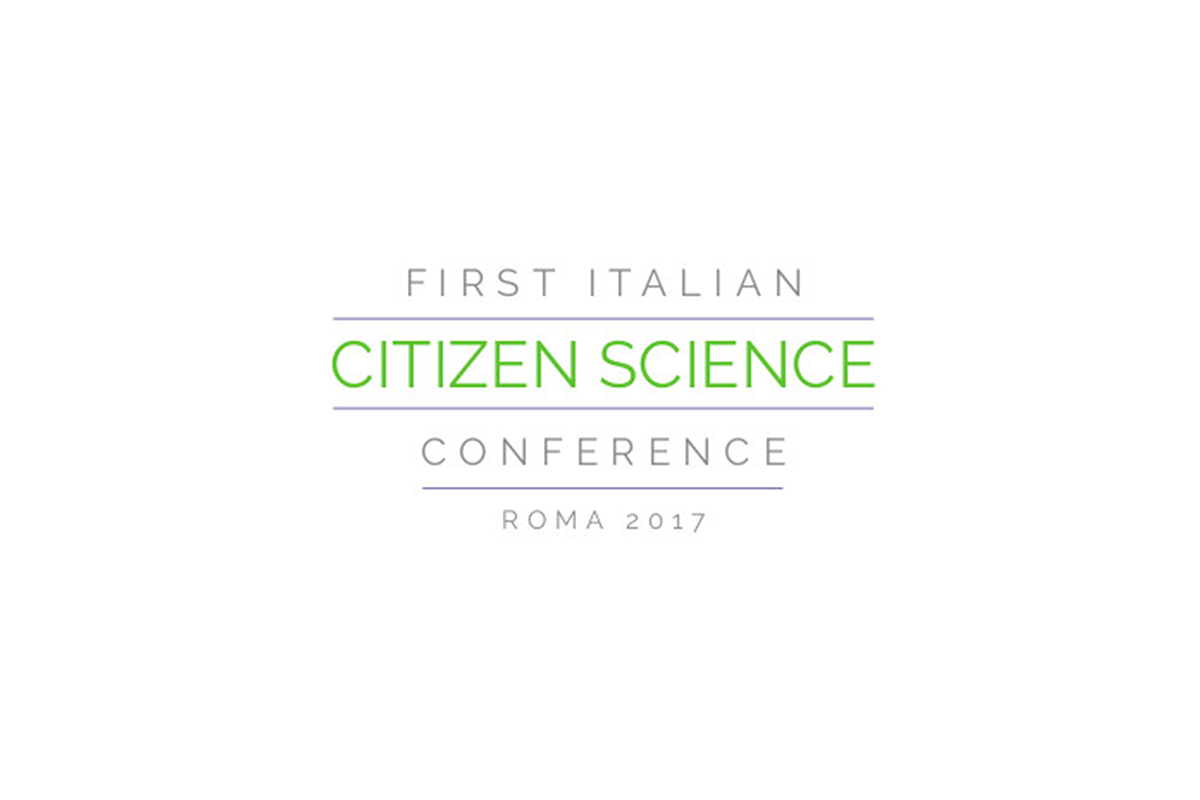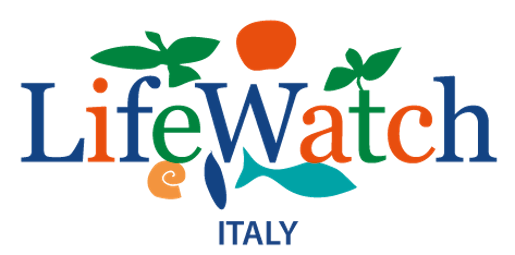
The massive participation of researchers in the First Italian Citizen Science Conference (Rome, November 23-25, 2017) confirmed the great interest raised by the topic and by the prospects of developing the new approach to science it proposes in Italy.
Even though Citizen Science finds applications in many scientific areas, it finds its largest success in environmental monitoring in terms of both amount of collected data and number of participants. In addition, Citizen Science showed its efficacy as a powerful instrument of awareness raising and life-long learning precisely in this context.
The event brought together the Italian researchers committed on these Citizen Science themes also in the perspective of consolidating a National Citizen Science Group, as in the case of several other European countries. Indeed, in order to ‘network’, one needs to have a clear picture of the project’s strengths and weaknesses and share experiences and perspectives.
The Conference confirmed that Citizen Science not only may provide a potentially relevant contribution to research activities, but in addition represents an effective means to disseminate research among citizens so as to build a scientifically conscious citizenship and put science in its rightful position in common culture.
In this respect, Citizen Science is also a potent instrument for social inclusion in the light of the responsible research and innovation actions at the basis of Horizon 2020.
Citizen Science puts forward numerous challenges, also in terms of ICT: data aggregation and integration, inclusion and maintenance processes over time, validation protocols for data usage in research activities, to name a few.
The complete book of abstracts is available on the Conference website: http://www.citizensciencerome2017.com/wp-content/uploads/2017/11/Volume-ABSTRACTS_COMPLETO.pdf
As well as the collection of posters presented: http://www.citizensciencerome2017.com/wp-content/uploads/2017/11/POSTER-CON-ELENCO.pdf

